In this post, we'll explore step-by-step methods to use the step sequencer in FL Studio and the drum rack in Ableton Live, two powerful tools for crafting compelling drum patterns. This is important since drum programming is a fundamental skill for electronic music producers. Basically, it lays the foundation for rhythm and groove in a track.
You will learn
- Navigating FL Studio's Step Sequencer: Learn how to open the Channel Rack, select and program drum sounds, and customize each drum hit with advanced properties for precision and creativity.
- Mastering Ableton Live's Drum Rack: Discover how to create a new MIDI track, load and assign samples to drum pads, and adjust sound parameters for tailored drum sounds.
- Advanced Techniques for Dynamic Drum Patterns: Understand how to use velocity and swing functions in FL Studio and MIDI effects, macro controls, and sound layering in Ableton Live for dynamic and textured drum patterns.
- Rhythmic Experimentation: Gain insights into experimenting with various rhythms, placements, and the integration of MIDI effects to enhance your drum programming skills.
- Practical Tips for Beginners: Receive actionable tips and step-by-step guidance tailored for beginners to effectively use these tools in music production, focusing on technical details and specific settings.
FL Studio Step Sequencer: Your Pathway to Rhythmic Precision
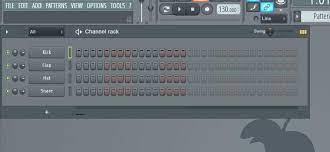
FL Studio's Step Sequencer stands out for its user-friendly interface and robust functionality, particularly for drum programming. Here's a concise guide :
- Open the Channel Rack: Your primary interface for sequencing. Locate your drum samples and instruments here.
- Selecting a Kick Drum: Click the kick icon to activate it. This forms the foundation of your rhythm.
- Programming Kick Notes: In the step grid, click squares to add or remove kick hits. Each square equals one step, allowing for precise rhythm programming.
- Tip: Set your BPM (Beats Per Minute) at the start. For house music, aim for 120-130 BPM; for hip-hop, 80-95 BPM is ideal.
- Detailed Customization: Right-click the kick channel for advanced options like panning (0 to 100% for stereo imaging) and volume adjustments (-80 to +6 dB for dynamic control).
- Row Customization: Each row corresponds to a different drum sound. Adjust properties like pitch (C0 to C8 for tonal variation) and decay (0 to 10 seconds for sound duration) to tailor each drum sound.
Maximizing the Step Sequencer:
- Rhythm Variations: Experiment with placing drum hits at different steps to create unique rhythms.
- Dynamics: Utilize the velocity feature (0 to 127 scale) to give your pattern a more natural feel.
- Adding Groove: Use the swing function (0 to 100%) to introduce a groove or shuffle to your rhythm, enhancing the feel.
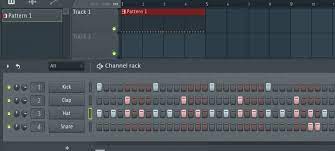
Ableton Live Drum Rack: A Gateway to Rhythmic Creativity
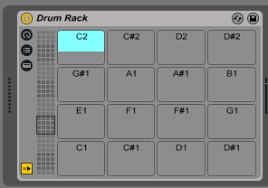
Ableton Live's Drum Rack offers unparalleled flexibility for crafting drum parts. Follow these steps to leverage its full potential:
- Create a MIDI Track: Begin by opening a new MIDI track for your drum arrangement.
- Loading Drum Rack: Drag the Drum Rack from the browser onto the MIDI track. This is your drum sample playground.
- Assigning Sounds: Click on a drum pad to load a sound. You can choose from samples or synthesized sounds.
- Adjusting Pad Parameters: With a sound loaded, tweak parameters like pitch (tune your drums from -48 to +48 semitones), decay (control the length from 1 ms to infinity), and volume (-∞ to 0 dB for mixing levels).
- Drawing Drum Patterns: Utilize the piano roll to input your drum hits. Each pad is mapped to a piano roll note, providing a visual layout of your drum pattern.
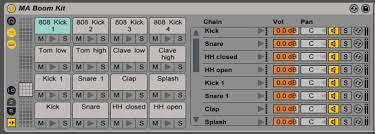
Tips for Drum Rack Mastery:
- MIDI Effects: Incorporate MIDI effects such as an arpeggiator (for automatic note sequences) or note length (to extend or shorten note durations) for creative patterns.
- Macro Mapping: Assign macros for quick, simultaneous adjustments to several parameters, optimizing your workflow.
- Sound Layering: For depth, layer multiple sounds on the same pad. This technique can produce rich and complex drum hits.
Recap
- FL Studio Step Sequencer: Utilize squares in the step grid for precise drum programming, adjusting parameters like panning and volume for each drum sound.
- Ableton Live Drum Rack: Drag samples to pads and adjust pitch, decay, and volume to shape your drum sounds, using the piano roll for pattern creation.
- Dynamics and Texture: In both tools, employ velocity and layering techniques to add lifelike dynamics and rich textures to your drum patterns.
- Experimentation: Explore different rhythms, MIDI effects, and macro controls to find unique sounds and grooves that fit your style.
- Practice: Continual experimentation and practice with these platforms are crucial for mastering drum programming and enhancing your music production skills.
Final Words
Both FL Studio’s Step Sequencer and Ableton Live’s Drum Rack are powerful tools for drum programming, offering unique features that cater to a wide range of production styles. The key to mastery lies in experimentation and practice. By exploring different settings, rhythms, and techniques, you can unlock the full potential of these tools and significantly enhance the quality of your music productions. Remember, the journey to becoming proficient in music production is continuous and filled with learning opportunities at every step.



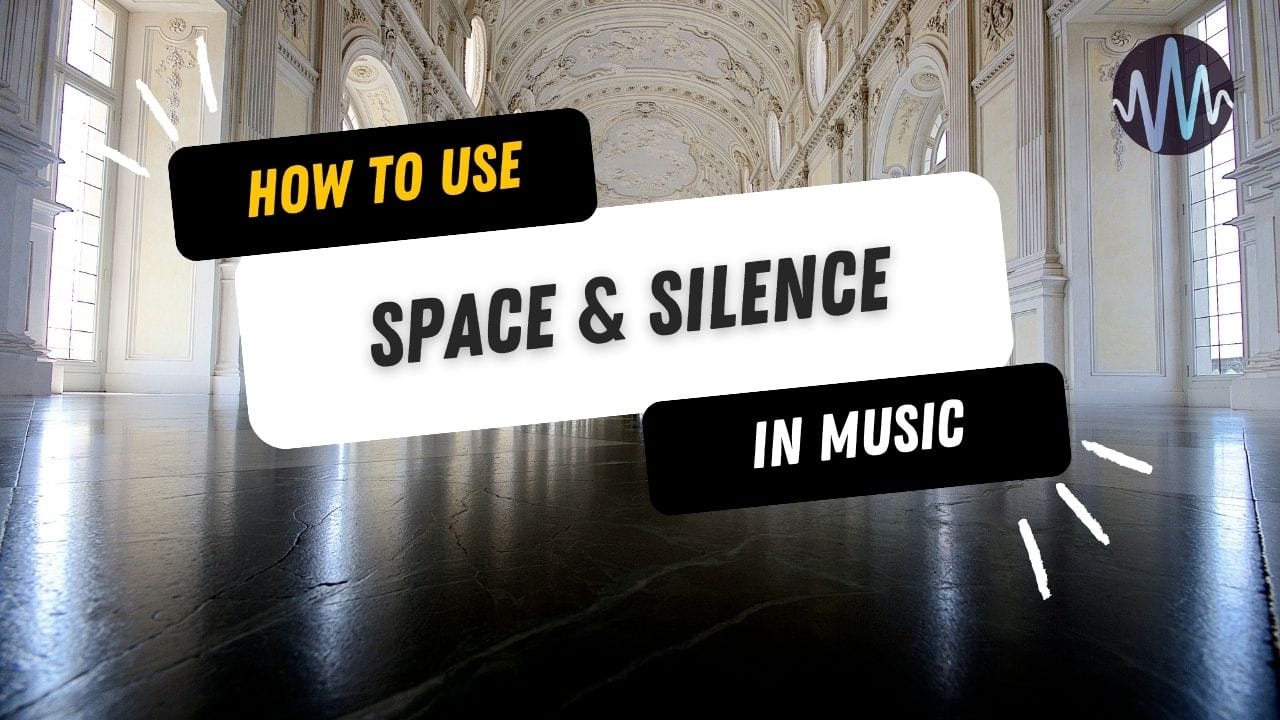
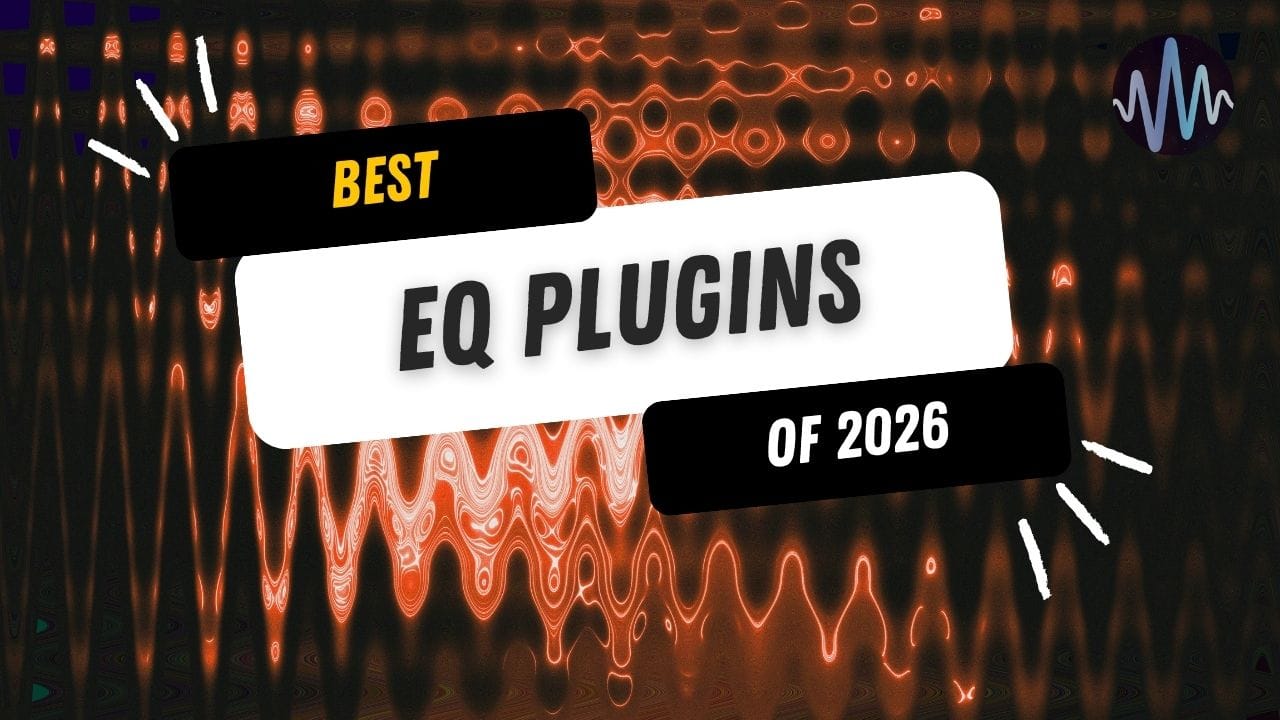
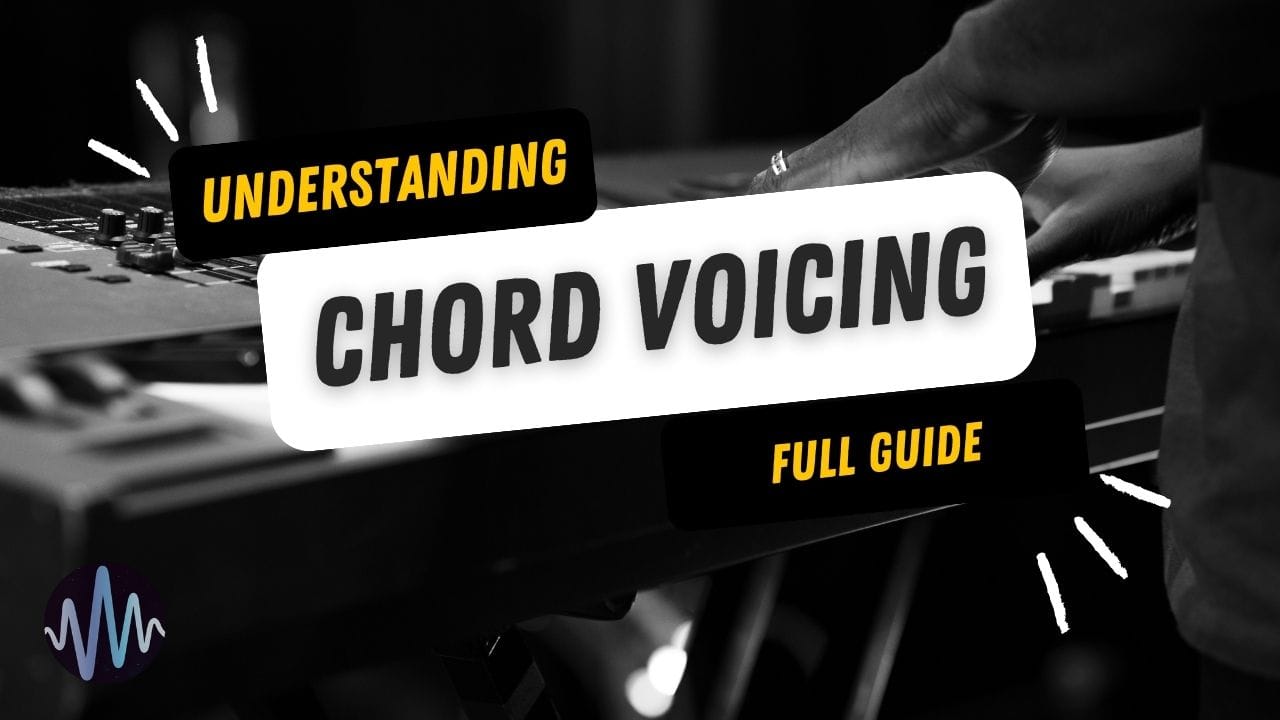
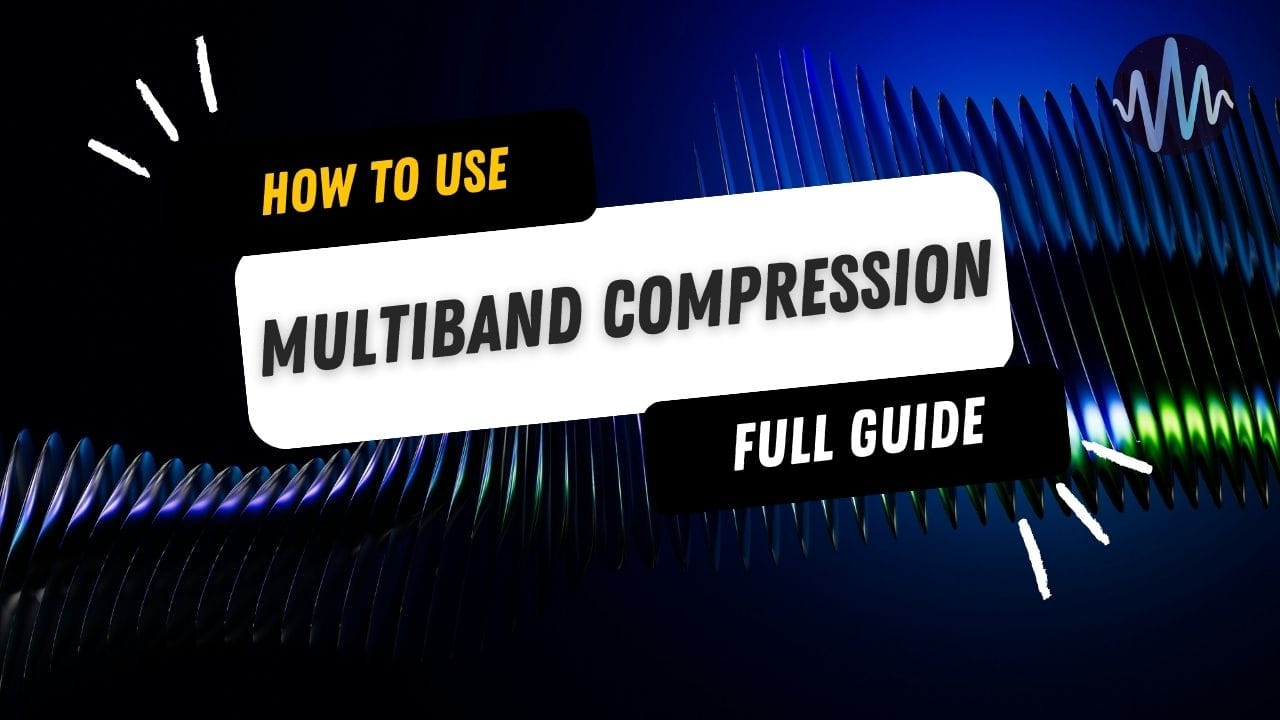
Comments